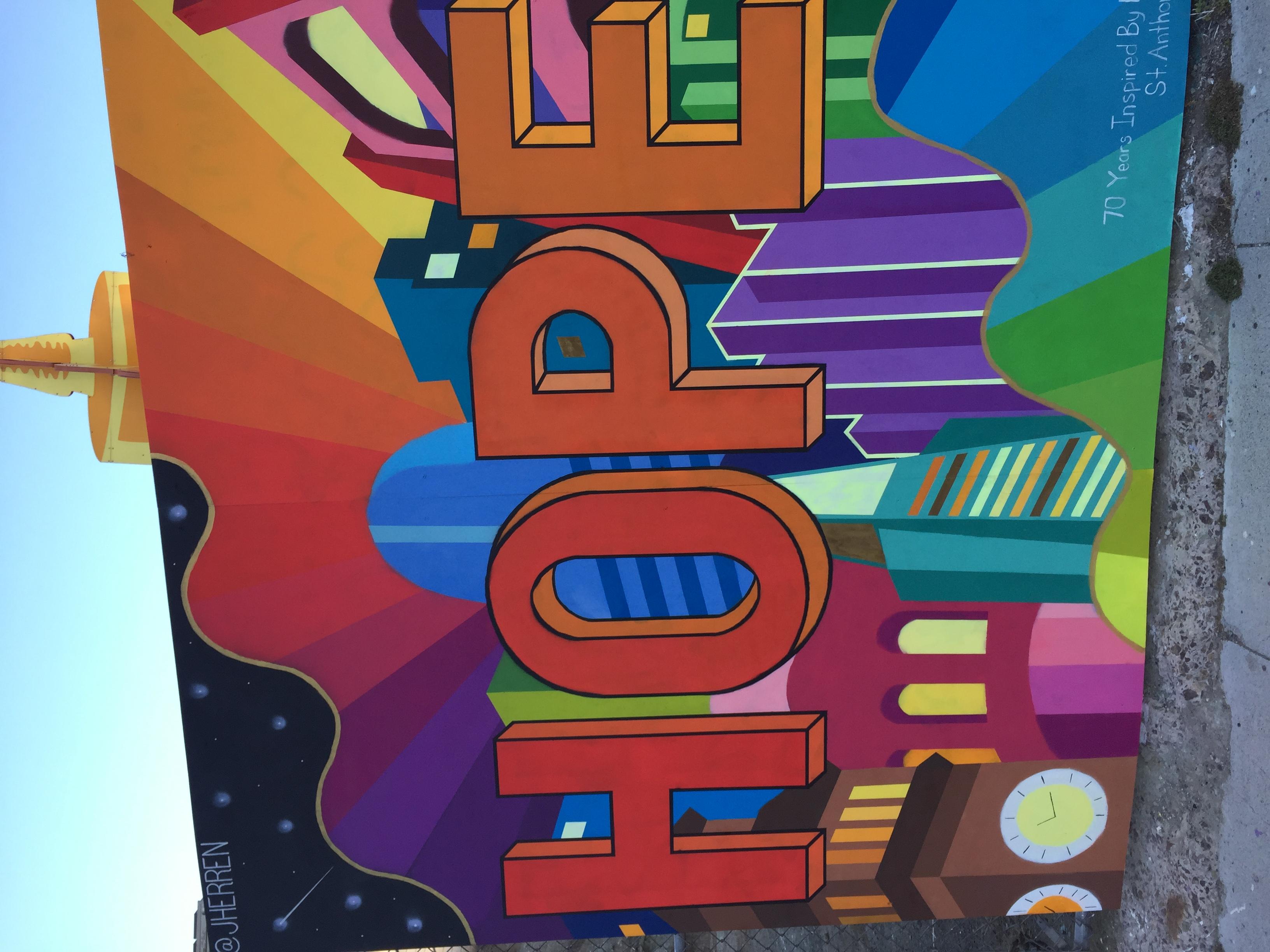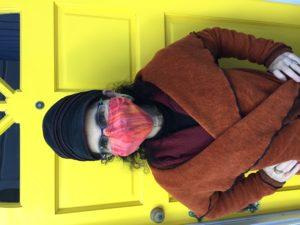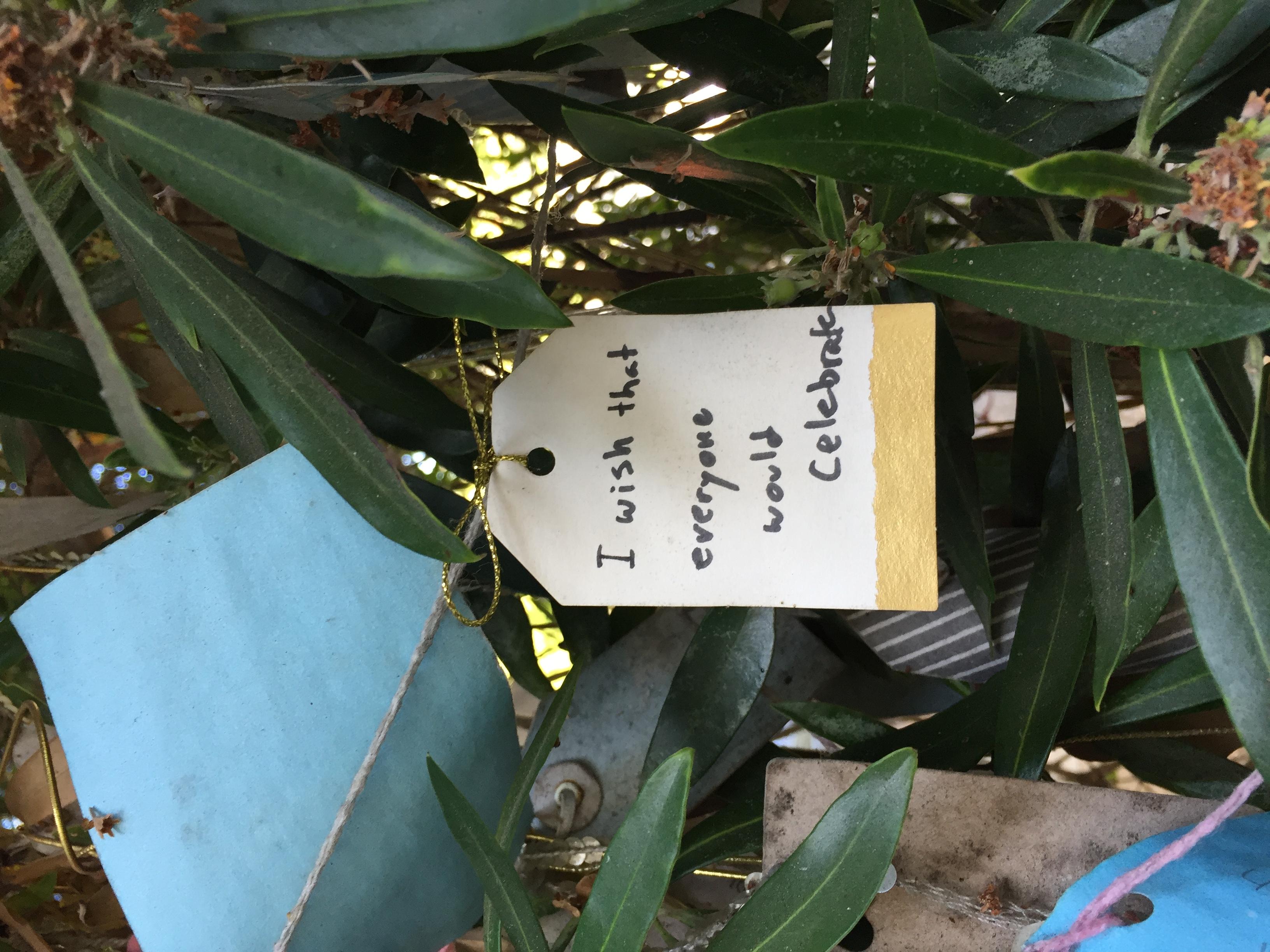Want a true philanthropic culture? Make it the air you breathe.
 Your organization won’t survive and thrive with only great fundraising technicians. You—and the entire social benefit sector—need organizational-development-grounded philanthropic facilitators. In fact, you need a team – maybe an entire village – filled with them!
Your organization won’t survive and thrive with only great fundraising technicians. You—and the entire social benefit sector—need organizational-development-grounded philanthropic facilitators. In fact, you need a team – maybe an entire village – filled with them!
This is what it looks like in a culture of philanthropy. And it involves more feelings than tangibles. What does it feel like where you work?
Your organization’s culture can make or break your fundraising – and just about everything else. If you don’t foster a culture in which people want to work, great professionals won’t apply for, or stick with, jobs. You have to be intentional in creating a culture that attracts, retains and grows professionals. The kind who will inevitably build sustaining relationships with supporters.
Here are some things you can do to build a true philanthropic culture.
Say what the culture is, get buy-in; demonstrate it.
To foster an authentic values-based organizational culture, you must first identify and write down the main beliefs that make up the culture. This can be simple – as little as a sentence or single paragraph – but this written manifestation of the culture you want to foster is critical to helping people understand the culture.
Here are some questions to ask yourself or, better yet, to do as a group exercise with a team of staff and/or board.
Details


 You’ve no doubt become familiar by now with the term “
You’ve no doubt become familiar by now with the term “
 The Lilly Family School of Philanthropy projects total giving will grow by an estimated 4.1% in 2021. So you can’t use the pandemic as an excuse for raising less money in the year ahead.
The Lilly Family School of Philanthropy projects total giving will grow by an estimated 4.1% in 2021. So you can’t use the pandemic as an excuse for raising less money in the year ahead.


 Has this really been going on this long?
Has this really been going on this long?

